In the zone: Zoning your garden
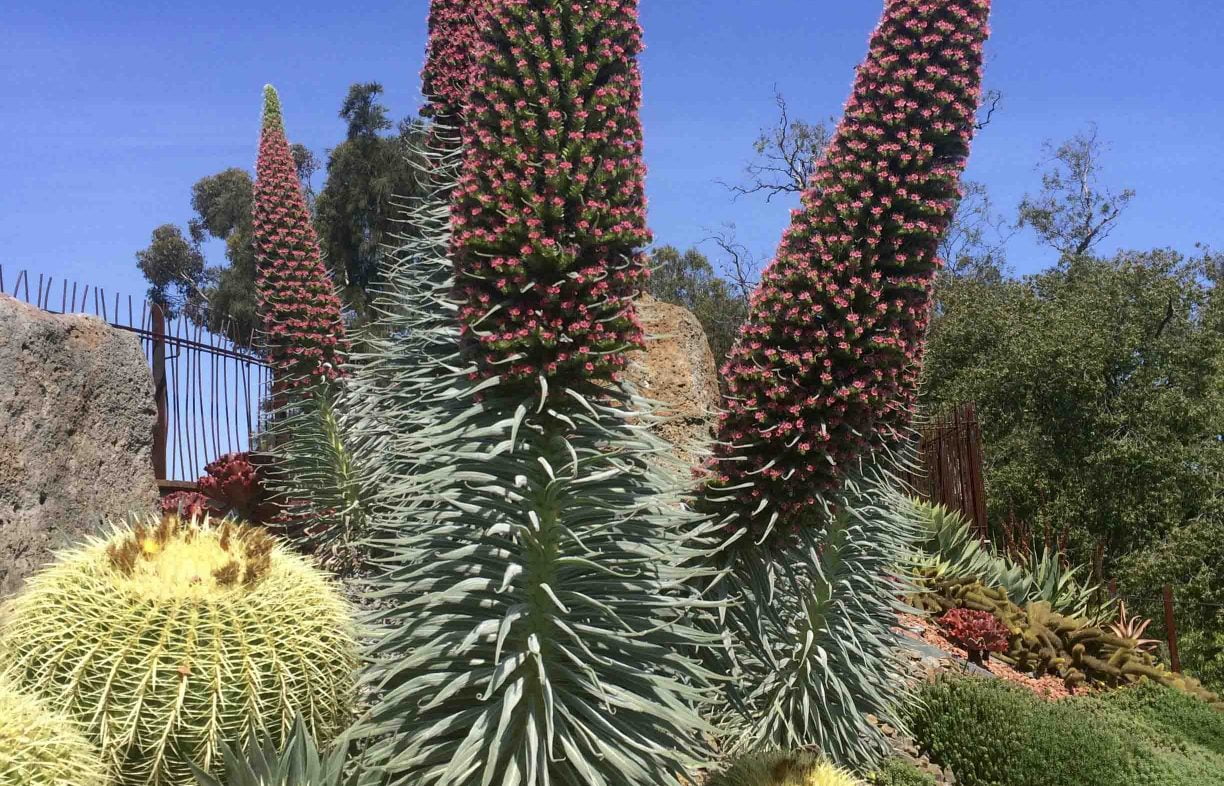
Many gardens in Australia need to cope with extended dry periods, but there may well be times when they battle the opposite problem. Horticulturist Michael Tanner gives some tips on zoning your garden to make the most of nature’s most precious resource.
Water zoning – the practice of grouping plants based on their watering needs – is one of the most effective design strategies for the sustainable garden.
Water zoning considers a plant’s specific needs and its suitability to a particular climate. For me, it’s that last part which is the key to successful sustainable garden design. For a well-zoned garden, you need to understand your local climate and the nuances of your site, especially rainfall patterns.
Plant nurseries, designers and garden books can help you to select the right plants for each water zone in your garden. Terms like ’drought tolerant’, ’hardy’, ’great for wet areas’, and ’perfect rockery plant’ are used to describe how plants perform in different growing conditions. Botanical descriptions can also highlight the unique characteristics of individual plants, helping you to understand their suitability for a particular garden style.
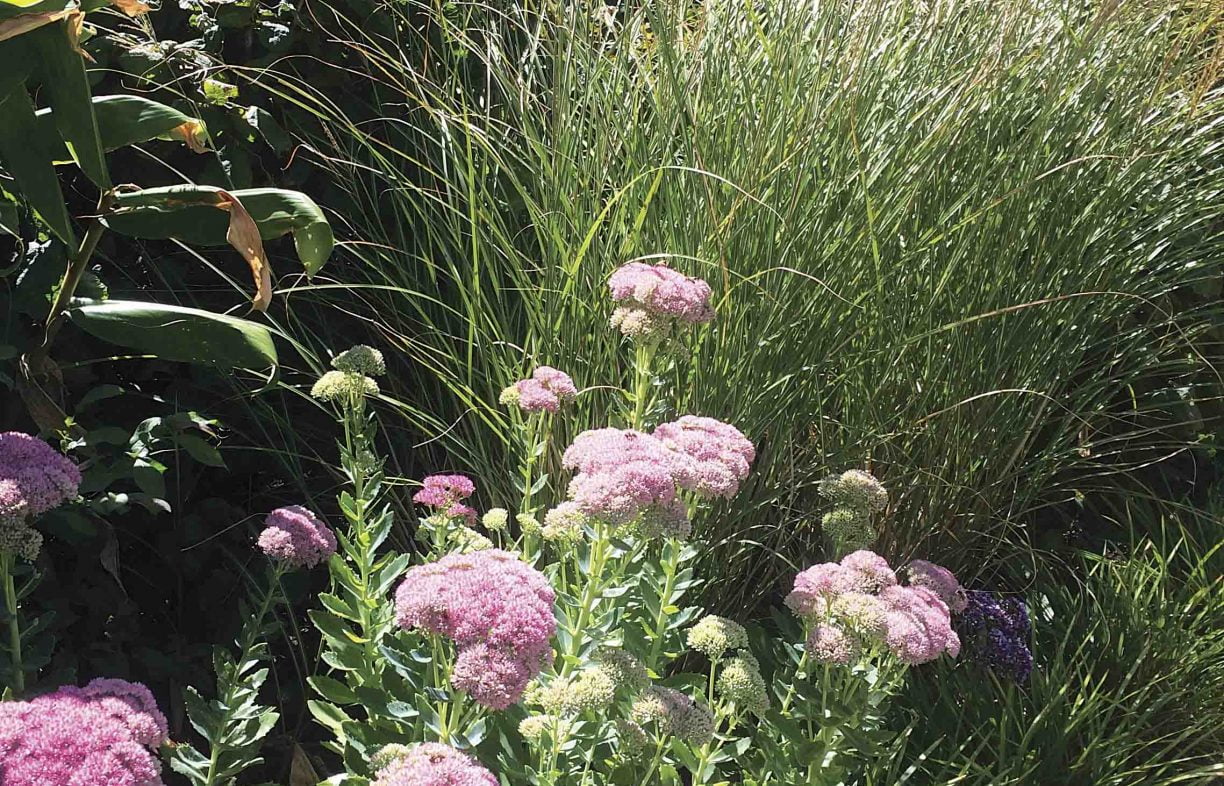
Zoning your garden: getting started
To get started, research where your garden sits in the spectrum of Australian climate types. Knowing the macro- and micro- climate of your garden will help you to understand your site’s monthly rainfall, average temperatures, the likelihood of frost and the prevailing seasonal winds and storm conditions.
Almost all of the information you need to get an understanding of the long-term climate conditions in your region is readily available on the Bureau of Meteorology website. State government websites for natural resources, primary industries or land and water can also help you to identify the natural soil conditions for your region, sometimes down to your local area. For most sites, you’ll also need to take a walk to get a handle on the specific conditions you might experience in your suburb or street.
Take note of the various areas of sun and shade in your garden, and look for overly dry or wet spots. These might indicate problems with drainage and are potential zones for plants suited to drought conditions with periods of inundation, such as river red gums, swamp banksias, callistemon little John or knobby club rush.
Also take note of the dry shade areas – these are ideally suited to plants like clivea, plectranthus, Matapouri Bay or rock lily and the oyster plant.
Areas with naturally good drainage, a mix of sun and shade and good soil moisture are perfect for a broader range of plants, like herbs, vegetables, fruiting shrubs and trees and ornamentals. Plants like blueberries, lemons, oranges, mixed greens, roses, gardenias and turf grasses all perform with well-drained moist soils in full sun to semi shade.
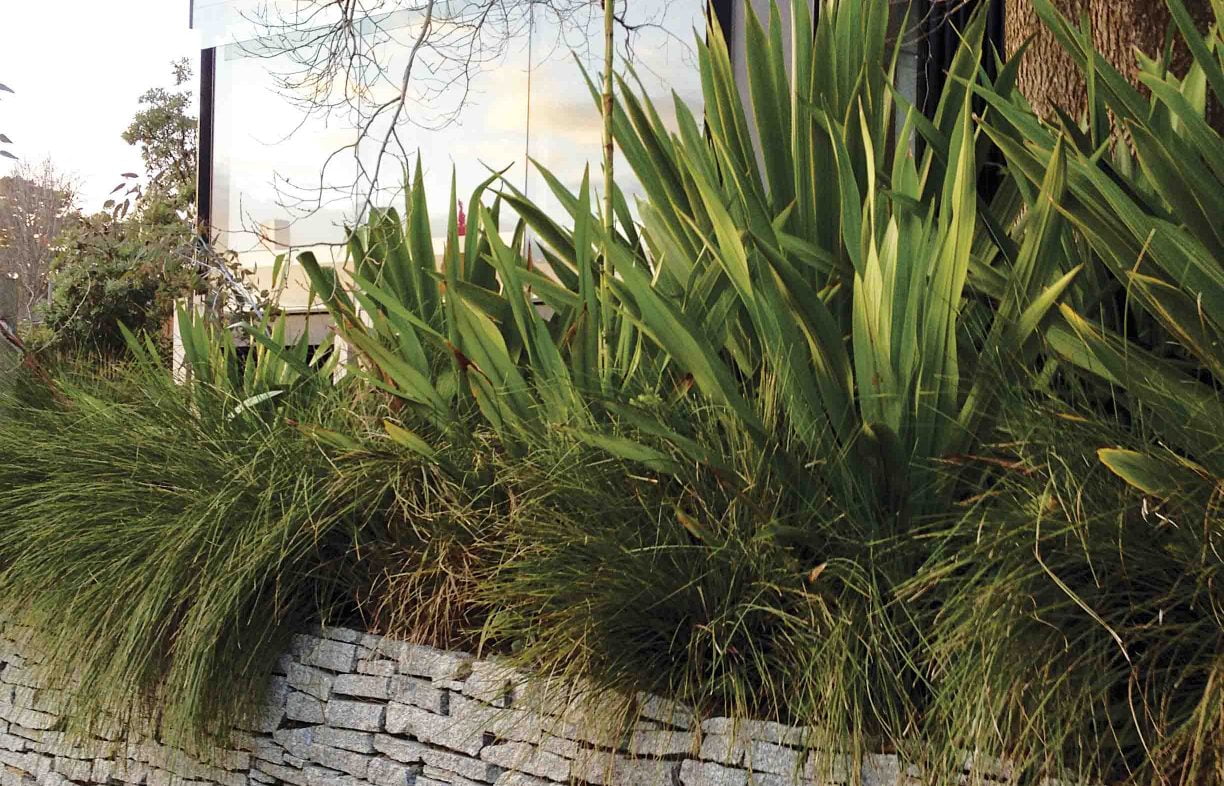
Get to know your area
Explore your neighbourhood on a range of days in different seasons to get a sense of the extremes that your garden will need to cope with.
Successful local gardens, including parks and botanic gardens, can offer invaluable inspiration for your own backyard. Pay attention to the plants that appear naturally resilient to the local climate. I find gardeners are often more than willing to share their successes; by observing and asking, you’ll glean local knowledge on what grows well where. Sometimes you might even come away with a bucketful of locally conditioned plants perfectly suited to your micro-climate.

Establishing your water-zoned garden
Armed with local and regional knowledge, group your selection of plants according to their preferred growing conditions (sun/shade, frost); soil type; use (edible/ ornamental), and maintenance (high/low). You can then further group these plants into their need for water: high water users such as leafy greens; moderate users like fruit trees and low water users, including native shrubs and groundcovers.
Take the information you’ve gathered and create a map or plan of the natural water and exposure areas of your garden. Place the plants you’ve grouped by water need into the corresponding areas of your garden.
One of the most effective ways to zone plants is by mass planting two or three species in large drifts or groups. This keeps plants with the same water needs and growing conditions together, allowing you to efficiently water those areas that broadly need it, while avoiding those areas that don’t. In essence you’ll create a planted garden that matches the micro-climate of your site.
RECOMMENDED READING
Grow what where, Natalie Peate, Gwenda Macdonald & Alice Talbot
500 Plants: Great Australian favourites for your garden, Angus Stewart
Dry Gardening Australia: Sustainable drought-proof gardening from the soil up, Jonathan Garder & Sarah Baker
The new shade garden: Creating a lush oasis in the age of climate change, Ken Druse
More outdoors ideas
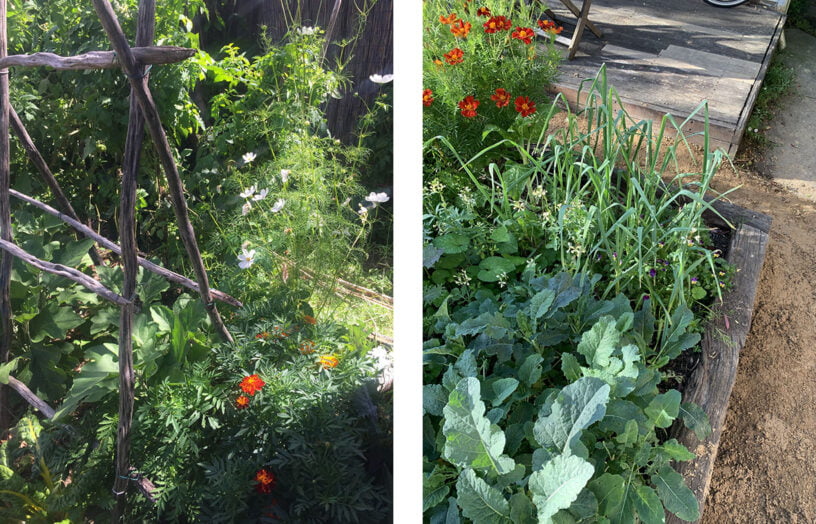 Outdoors
Outdoors
Gardens to go
Jacqui Hagen is a keen gardener who has transformed the gardens of numerous rental properties across Melbourne. She shares some tips and tricks for bringing your garden with you when it’s time to move.
Read more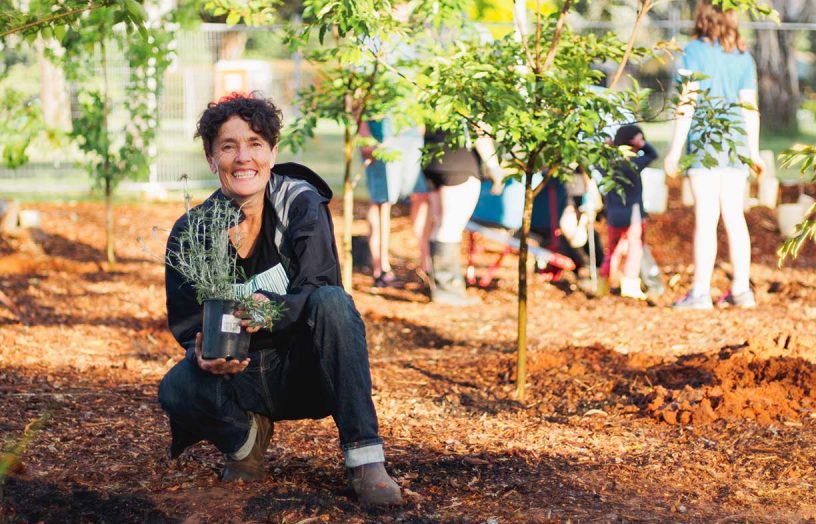 Outdoors
Outdoors
Pocket forests: Urban microforests gaining ground
Often no bigger than a tennis court, microforests punch above their weight for establishing cool urban microclimates, providing wildlife habitat and focusing community connection. Mara Ripani goes exploring.
Read more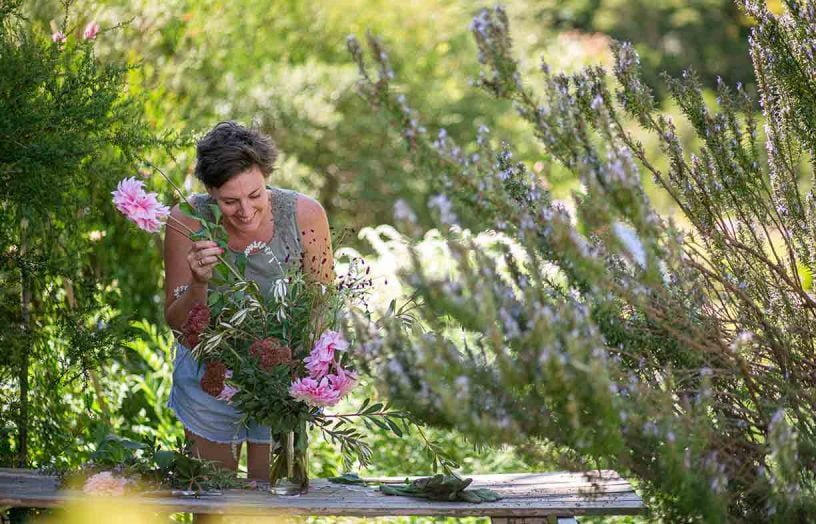 Outdoors
Outdoors
Nourished by nature: Garden design for mental health and wellbeing
There’s plenty of evidence that connection with nature is beneficial for both mind and body. We speak to the experts about designing gardens for improved mood and wellbeing, and what we can do at home to create green spaces that give back in a therapeutic way.
Read more

